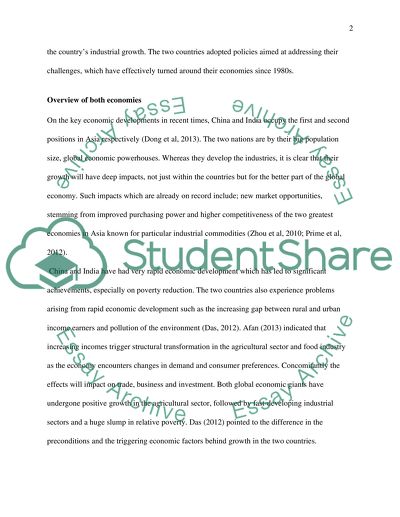Cite this document
(“Economic development of India and China Essay Example | Topics and Well Written Essays - 1750 words”, n.d.)
Economic development of India and China Essay Example | Topics and Well Written Essays - 1750 words. Retrieved from https://studentshare.org/macro-microeconomics/1473057-1-china-and-india-are-industrializing-rapidly-in-the-current-global-economy-discuss-the-factors-that-contributed-to-the-growth
Economic development of India and China Essay Example | Topics and Well Written Essays - 1750 words. Retrieved from https://studentshare.org/macro-microeconomics/1473057-1-china-and-india-are-industrializing-rapidly-in-the-current-global-economy-discuss-the-factors-that-contributed-to-the-growth
(Economic Development of India and China Essay Example | Topics and Well Written Essays - 1750 Words)
Economic Development of India and China Essay Example | Topics and Well Written Essays - 1750 Words. https://studentshare.org/macro-microeconomics/1473057-1-china-and-india-are-industrializing-rapidly-in-the-current-global-economy-discuss-the-factors-that-contributed-to-the-growth.
Economic Development of India and China Essay Example | Topics and Well Written Essays - 1750 Words. https://studentshare.org/macro-microeconomics/1473057-1-china-and-india-are-industrializing-rapidly-in-the-current-global-economy-discuss-the-factors-that-contributed-to-the-growth.
“Economic Development of India and China Essay Example | Topics and Well Written Essays - 1750 Words”, n.d. https://studentshare.org/macro-microeconomics/1473057-1-china-and-india-are-industrializing-rapidly-in-the-current-global-economy-discuss-the-factors-that-contributed-to-the-growth.


